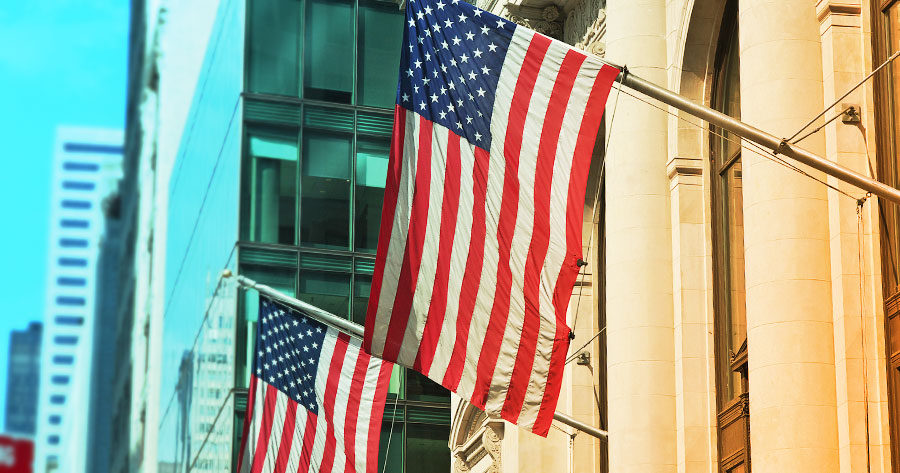U.S. inflation inched higher last month, intensifying the debate around future monetary policy as economists and investors assess the economic impact of ongoing trade tensions and tariffs.
According to data released Thursday by the Bureau of Labor Statistics, consumer prices rose 2.9% on an annual basis in August, slightly accelerating from July’s 2.7% pace and broadly matching economist projections.
On a month-to-month basis, prices moved up by 0.4%, outpacing the 0.2% increase in July and exceeding estimates of a 0.3% gain. Experts cited stubbornly high gasoline prices and a rebound in food costs as primary drivers behind the uptick.
Core inflation, a measure that excludes the volatile categories of food and energy, saw a 3.1% increase from a year earlier, repeating the annual pace recorded in July. The core index advanced 0.3% from July, marking the second consecutive month at this level and representing the sharpest gain in half a year.
Despite persistent inflation in August, futures pricing indicates that markets still anticipate a quarter-point reduction at the central bank’s meeting next week, with a total of 75 basis points in cuts expected by year-end, according to the CME’s FedWatch tool.
Expectations for a larger rate cut have intensified, especially following labor market data revisions suggesting the U.S. added 911,000 fewer jobs in the year through March 2025 than originally reported. Recent jobless claims have also signaled weakness, rising to 263,000—the highest since the start of 2020, and significantly above market forecasts and last week’s revised figure.
The combination of higher inflation and tentative signs of labor market cooling has further complicated the central bank’s path forward, as policymakers balance price stability with support for economic growth amid global uncertainties.





